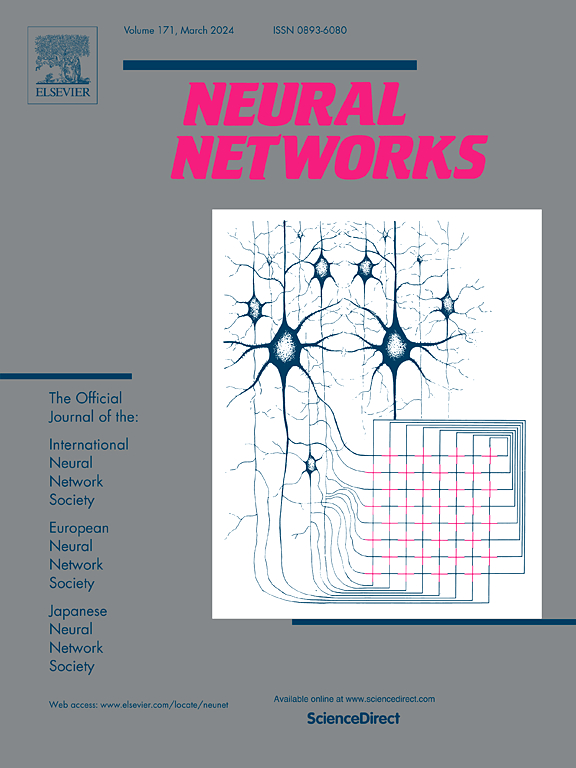When low-light meets flares: Towards Synchronous Flare Removal and Brightness Enhancement
IF 6
1区 计算机科学
Q1 COMPUTER SCIENCE, ARTIFICIAL INTELLIGENCE
引用次数: 0
Abstract
Low-light image enhancement (LLIE) aims to improve the visibility and illumination of low-light images. However, real-world low-light images are usually accompanied with flares caused by light sources, which make it difficult to discern the content of dark images. In this case, current LLIE and nighttime flare removal methods face challenges in handling these flared low-light images effectively: (1) Flares in dark images will disturb the content of images and cause uneven lighting, potentially resulting in overexposure or chromatic aberration; (2) the slight noise in low-light images may be amplified during the process of enhancement, leading to speckle noise and blur in the enhanced images; (3) the nighttime flare removal methods usually ignore the detailed information in dark regions, which may cause inaccurate representation. To tackle the above challenges yet meaningful problems well, we propose a novel image enhancement task called Flared Low-Light Image Enhancement (FLLIE). We first synthesize several flared low-light datasets as the training/inference data, based on which we develop a novel Fourier transform-based deep FLLIE network termed Synchronous Flare Removal and Brightness Enhancement (SFRBE). Specifically, a Residual Directional Fourier Block (RDFB) is introduced that learns in the frequency domain to extract accurate global information and capture detailed features from multiple directions. Extensive experiments on three flared low-light datasets and some real flared low-light images demonstrate the effectiveness of SFRBE for FLLIE.
求助全文
约1分钟内获得全文
求助全文
来源期刊

Neural Networks
工程技术-计算机:人工智能
CiteScore
13.90
自引率
7.70%
发文量
425
审稿时长
67 days
期刊介绍:
Neural Networks is a platform that aims to foster an international community of scholars and practitioners interested in neural networks, deep learning, and other approaches to artificial intelligence and machine learning. Our journal invites submissions covering various aspects of neural networks research, from computational neuroscience and cognitive modeling to mathematical analyses and engineering applications. By providing a forum for interdisciplinary discussions between biology and technology, we aim to encourage the development of biologically-inspired artificial intelligence.
 求助内容:
求助内容: 应助结果提醒方式:
应助结果提醒方式:


